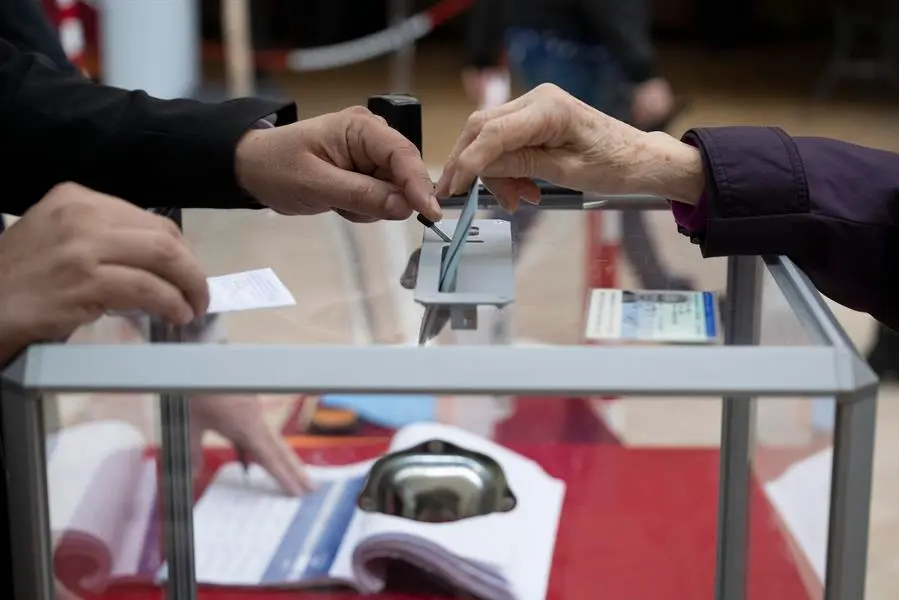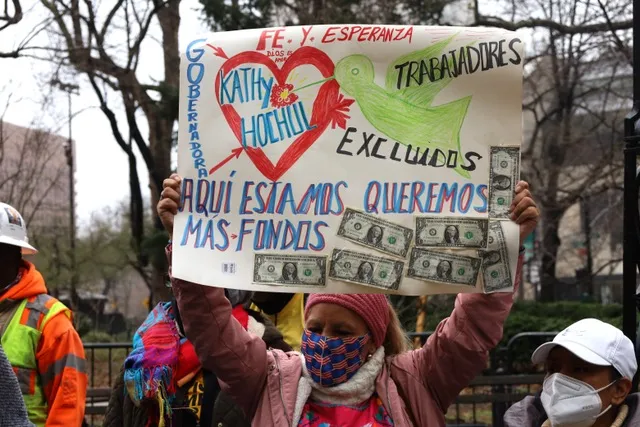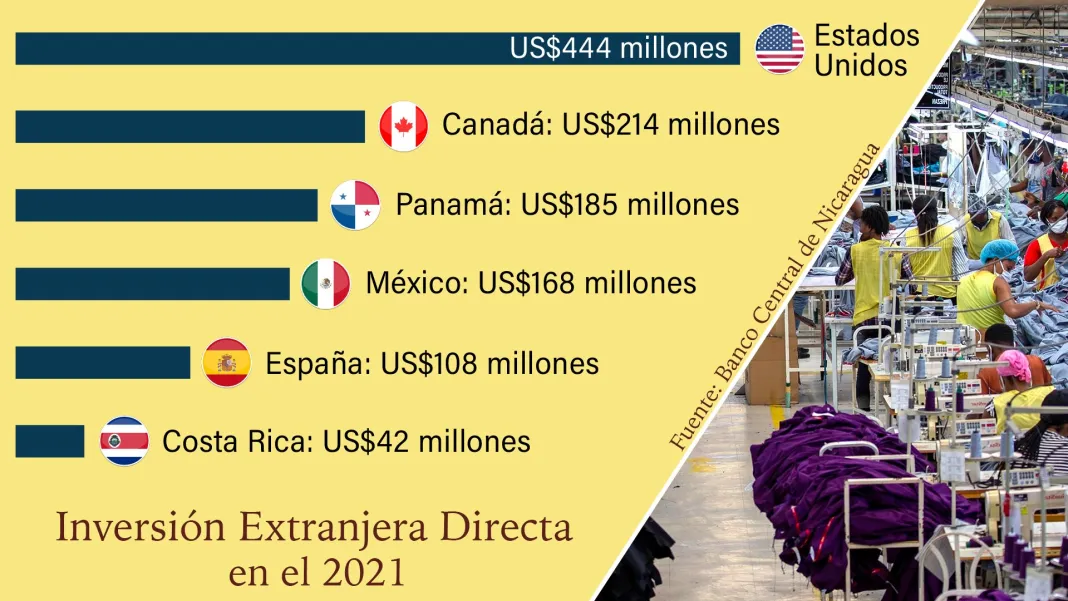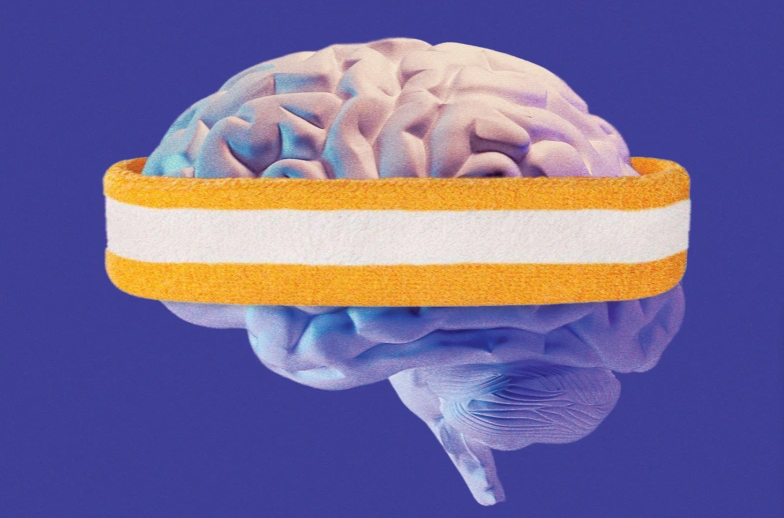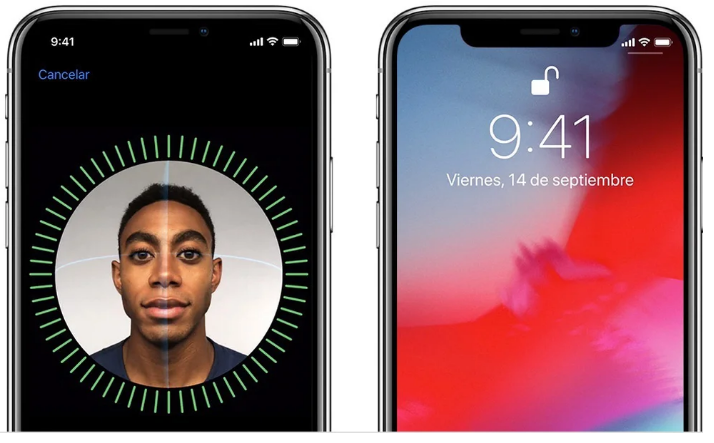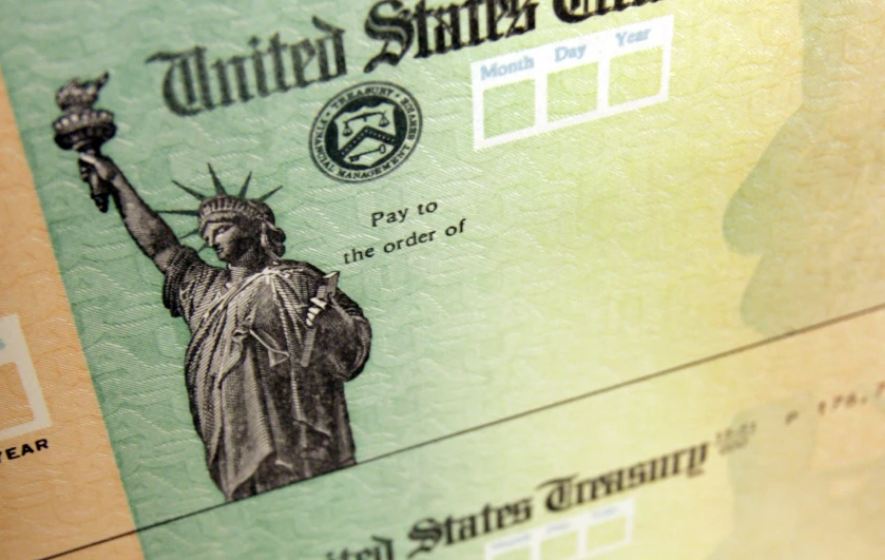More Californians can look forward to another $ 600 or $ 1,100 stimulus check, thanks to the second phase of the Golden State Stimulus.
Originally signed by Governor Gavin Newsom in February, the second version of the program will make resources available to low- and middle-income Californians as the state’s economy continues to recover from the effects of closures and restrictions that were lifted on Sept. 15. June. The first phase of the Golden State Stimulus made $ 600 or $ 1,200 available to eligible residents. This second stimulus package, approved by Newsom on Monday, will help close the gaps for families in California still struggling to recover.
Aside from the stimulus checks available through the American Rescue Plan Act of 2021, these resources are only available to eligible residents of the state. Two-thirds of Californians are expected to meet the necessary requirements. Read on to see if you are one of them.
Who is eligible
To receive the Golden State I Incentive, you must:
- Submit your 2020 tax payment before October 15
- If you:
- You are a CalEITC beneficiary
- Earn less than $ 75,000 per year and submit an Individual Taxpayer Identification Number (ITIN)
- You have lived in California for more than half of the 2020 fiscal year
- You are a resident of the state when the stimulus check is issued
- You are not eligible to be claimed as someone else’s tax dependent
You may qualify for CalEITC, or earned income tax credit, if:
- Earned at least $ 30,000 in taxable income in 2020
- Are at least 18 years old or have a qualifying child
- You did not file as a “married” or “registered partner filing separately”
Earned income considered by the state includes wages on a W-2, earnings from self-employment, tips received, and any other wages subject to California withholding.
An ITIN allows undocumented people to file their taxes without a social security number. It does not allow them any federal benefits, but the Golden State Incentive does allow ITIN taxpayers to receive support.
For undocumented people, in order to receive the Golden State stimulus, you must have filed your taxes with your ITIN. On average, an ITIN application takes up to seven weeks to process, according to the IRS website. But applications are overdue, according to Sasha Feldstein, manager of economic justice policy at the California Center for Immigrant Policy, meaning the process could take even longer.
Golden State Incentive II expands eligibility to include those who may not have received resources the first time.
To receive resources from the second phase of the plan, you must:
- File your 2020 taxes by October 15
- Have a California Adjusted Gross Income (CA AGI) of $ 1 to $ 75,000
- Have a salary of $ 75,000 or less
- Have lived in California for more than half of the 2020 fiscal year
- Be a state resident when the stimulus check is issued
- Not be eligible to be claimed as someone else’s tax dependent
If you are not eligible for the second stimulus, you may still be eligible for the first.
How much will I receive?
There are four amounts you may be eligible for under the Golden State Incentive II: $ 500, $ 600, $ 1,000, or $ 1,100.
The $ 500 is available for:
- Those who qualified for the first stimulus and declared a dependent on their 2020 taxes
- Eligible families of those without proper legal documentation
You can receive $ 600 if:
- You did not qualify for the first stimulus and did not report a dependent on your 2020 taxes
And you can get the $ 1,100 if:
- You did not qualify for the first stimulus and declared more than one dependent on your 2020 taxes
The $ 1,000 amount is only for ITIN taxpayers who qualified for the first stimulus and declared a dependent on their 2020 taxes. Those who present a Social Security number are eligible to receive more resources.
Payments will be made by mail-in check or direct deposit, depending on how you requested your refund on your 2020 tax returns.
Who is not eligible
There are two reservations with the second iteration of the Golden State Incentive. For those who made less than $ 30,000 and received a state stimulus check earlier this year and did not report a dependent, a second payment will not be made. Also, ITIN taxpayers without dependents do not qualify this time.
When to expect payment
The distribution of both phases has depended on when you filed your 2020 taxes.
For those who filed their tax returns between January 1 and March 1, the distribution of stimulus payments began after April 15. And for those who filed their returns between March 2 and April 23, distribution began after May 1.
Those who have waited to submit their application until after April 23 have had to wait up to 45 days after requesting direct deposit or 60 days for a mailed check.
To make sure you don’t miss out on your stimulus, be sure to apply by October 15th.
Make sure you don’t miss out
With two out of three Californians ready to receive a check, you need to make sure you don’t lose what is owed to you.
Remember: to receive a stimulus check, either from the federal or state government, you must file your taxes.
Typically, you cannot file taxes due to a multitude of reasons. There are several free online tools, including GetYourRefund or MyFreeTaxes, to make filing easier. The Internal Revenue Service (IRS), Voluntary Income Tax Assistance, and Senior Tax Counseling programs for individuals age 60 and older provide in-person services.




